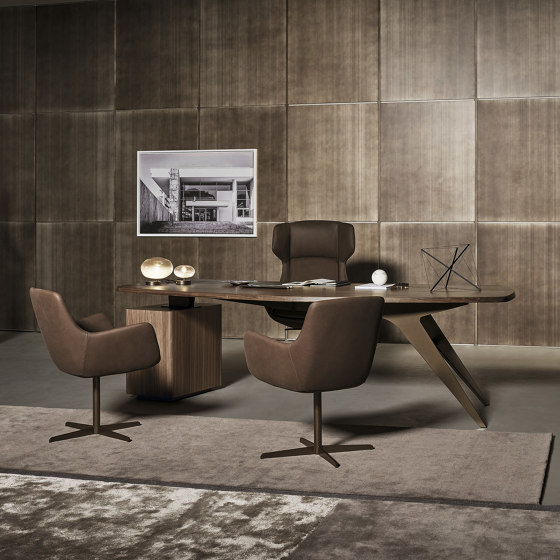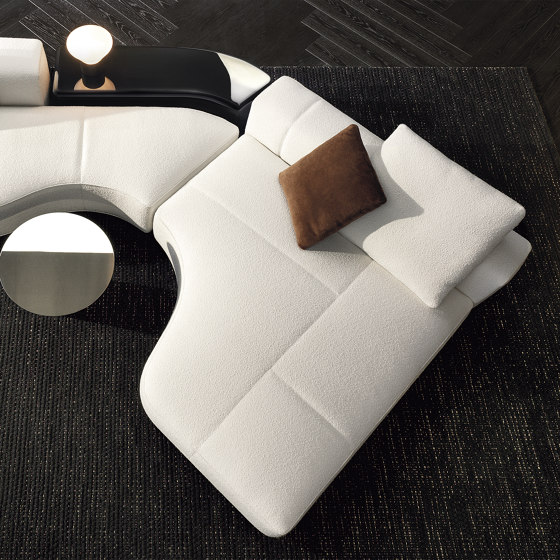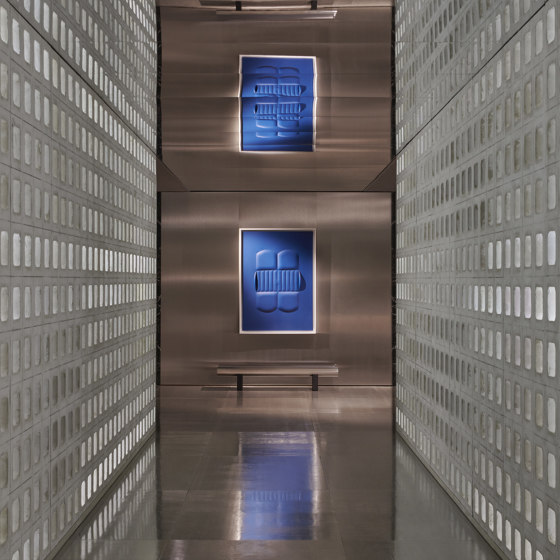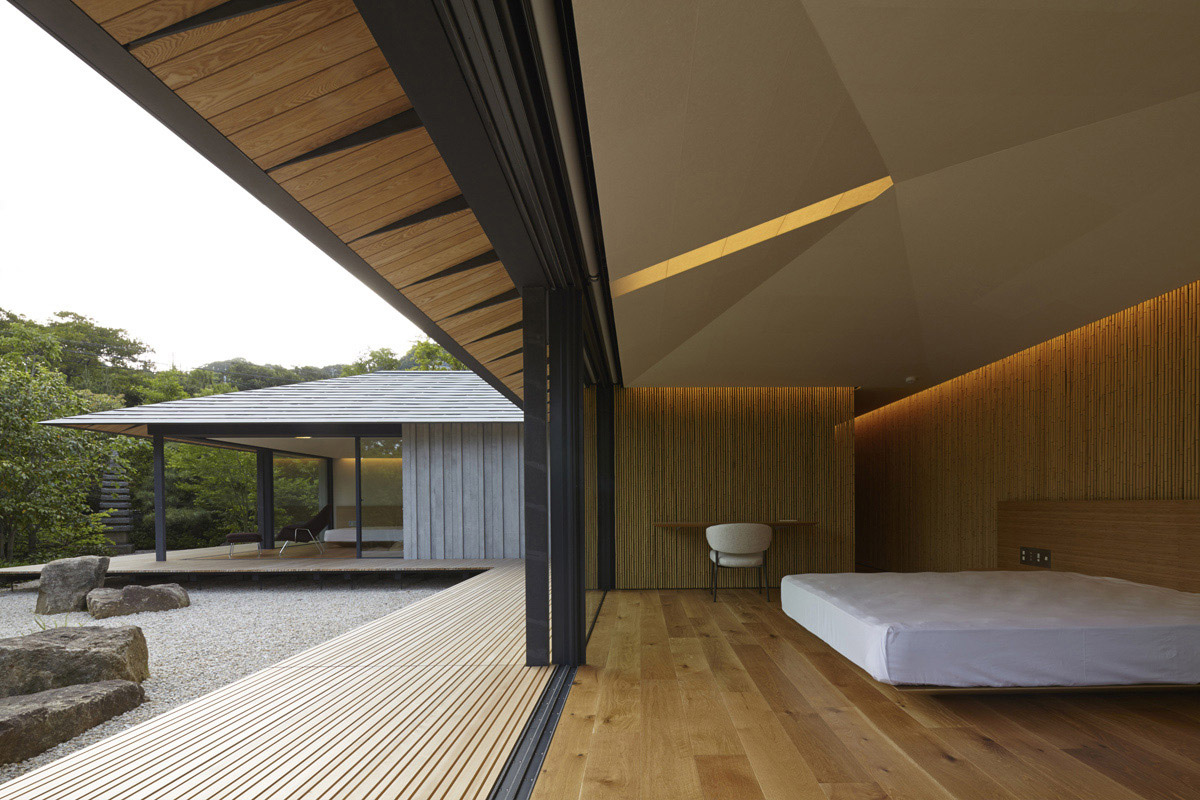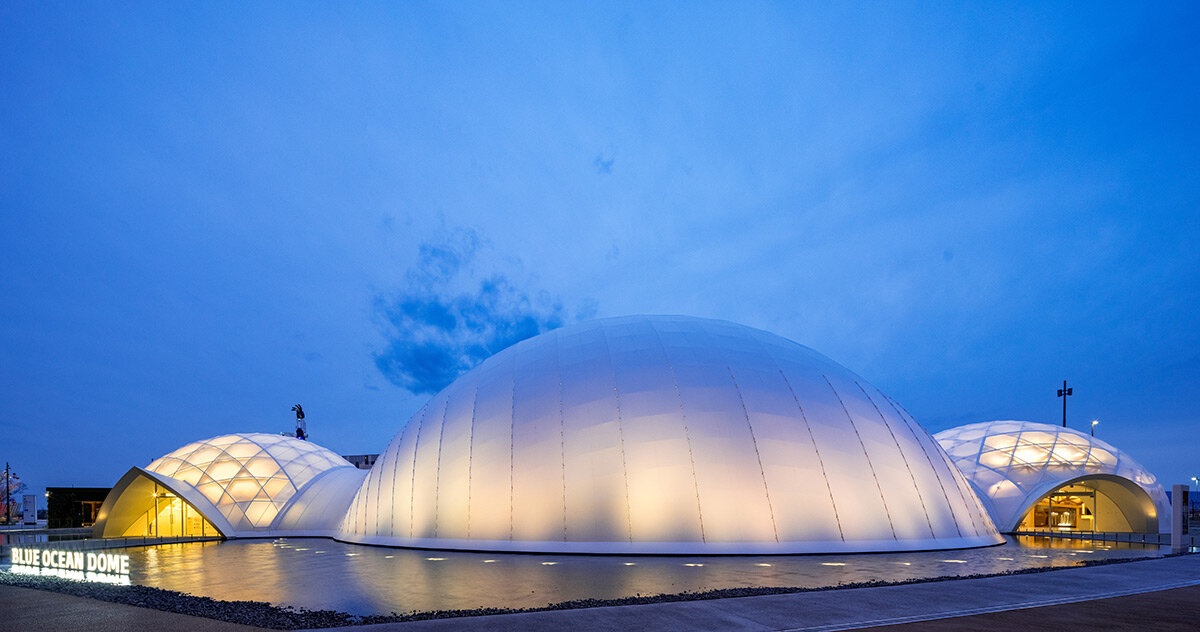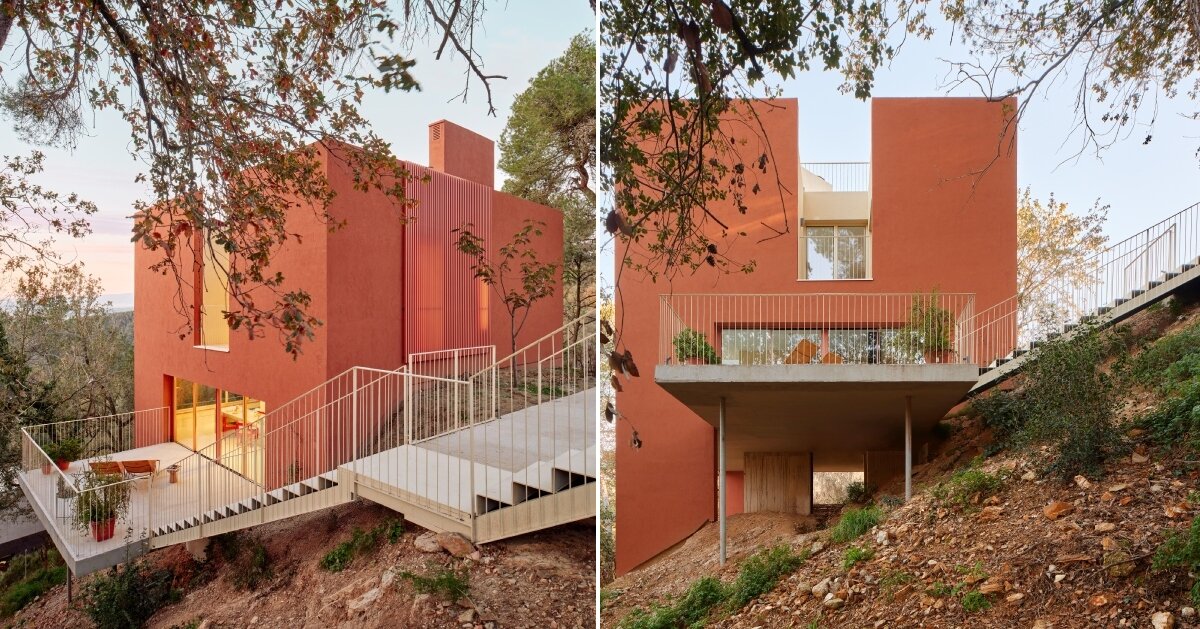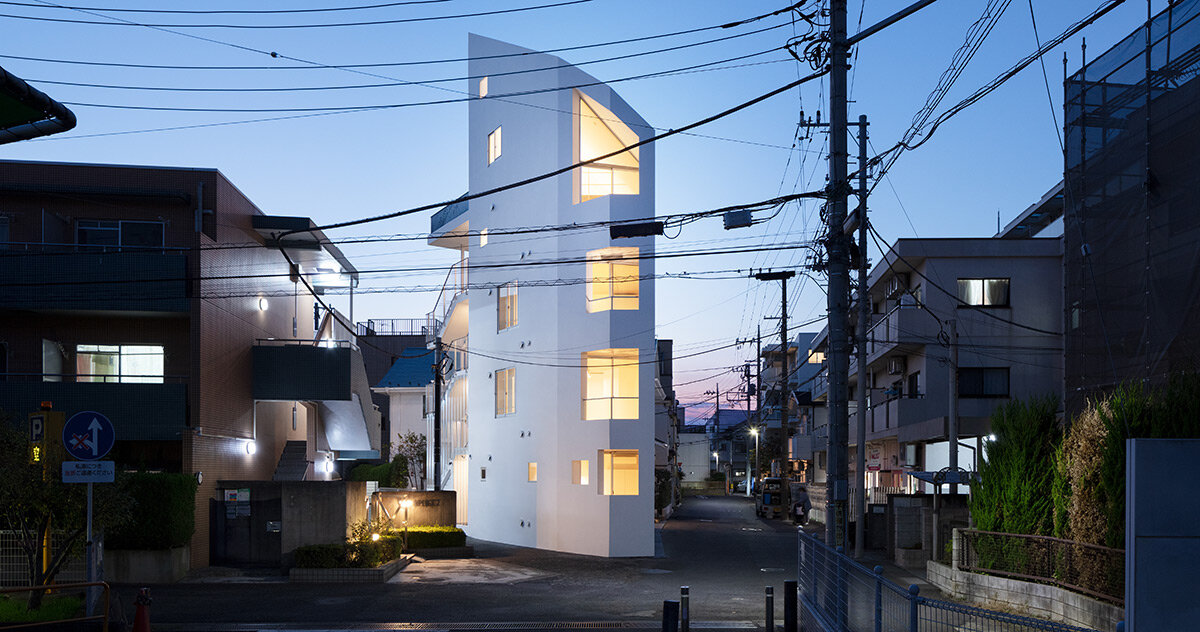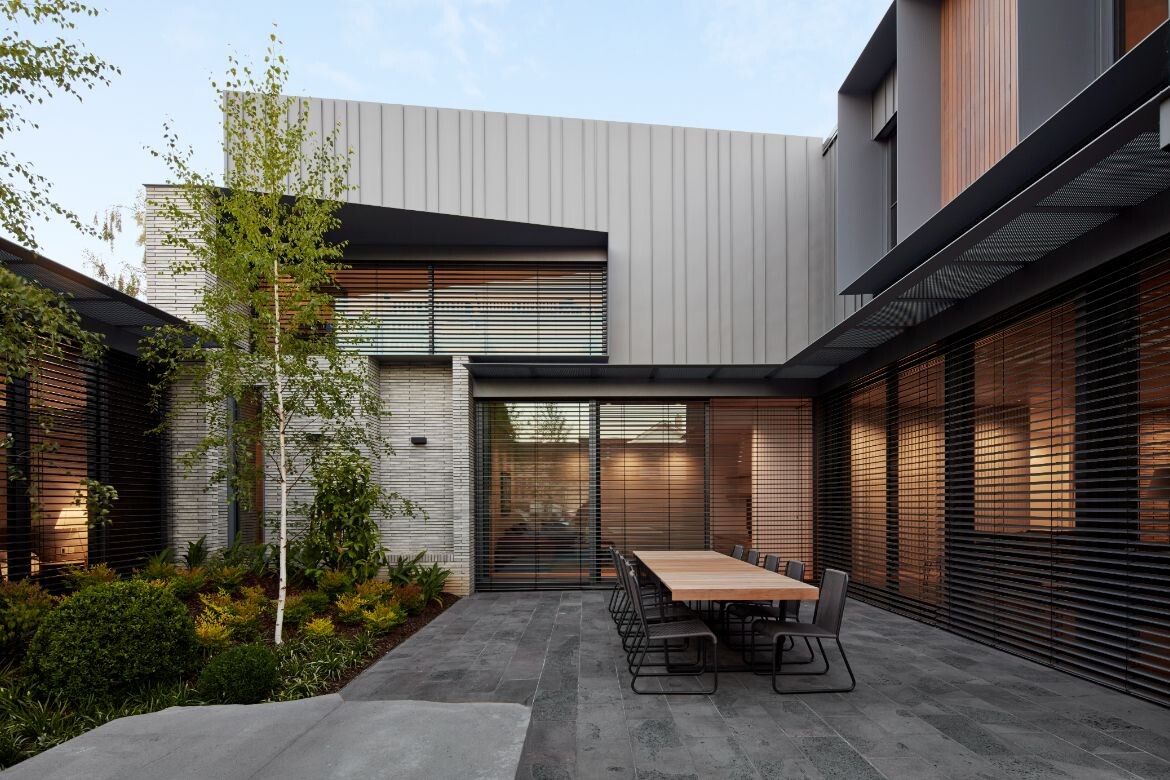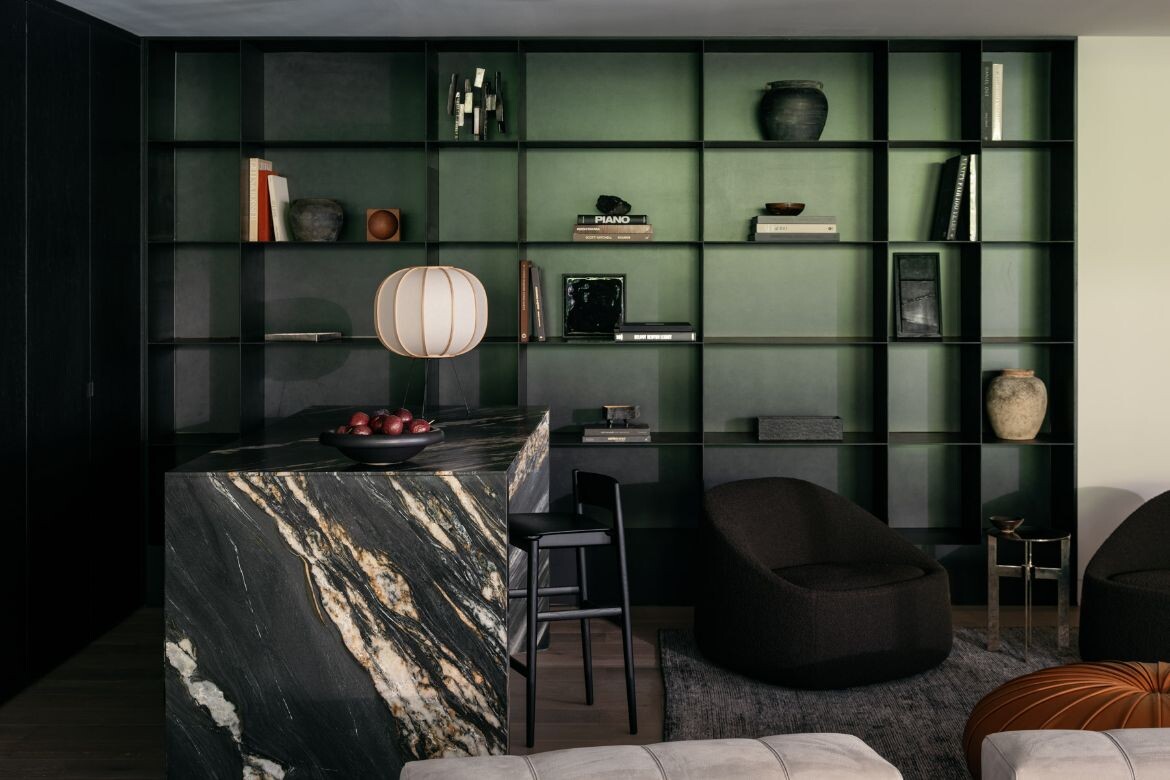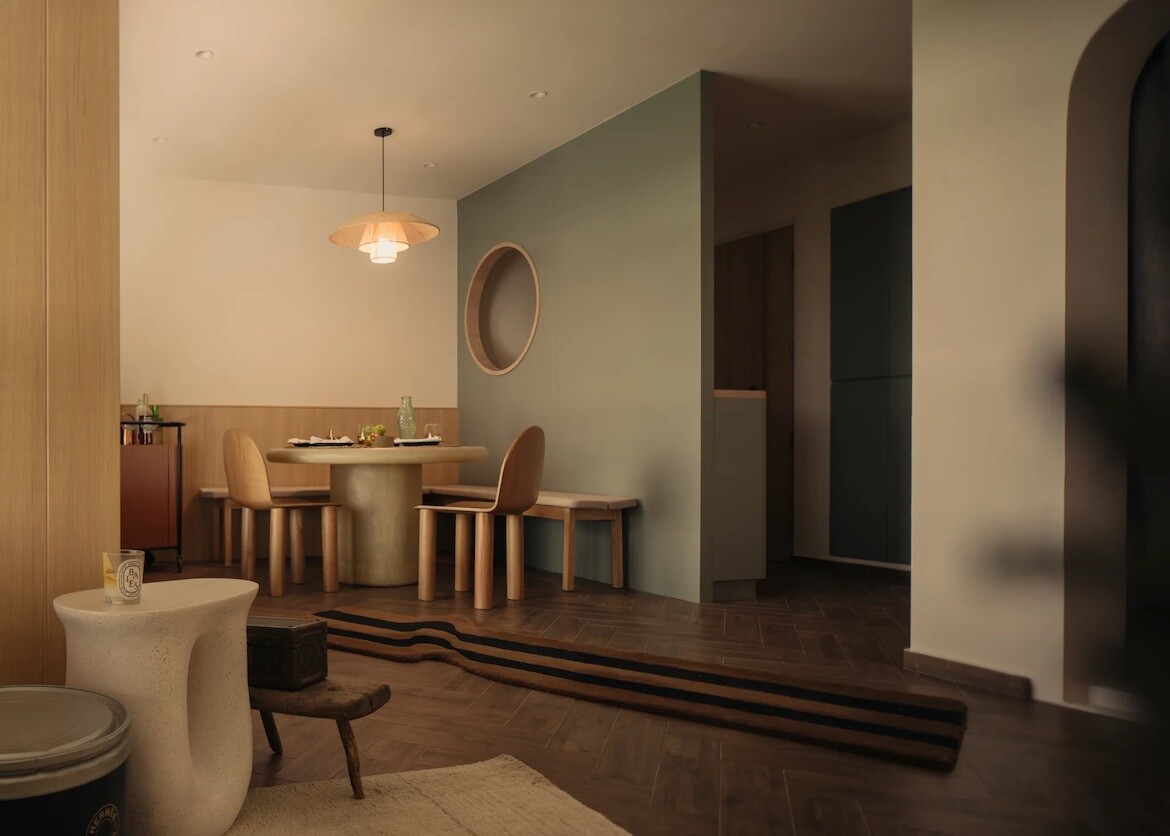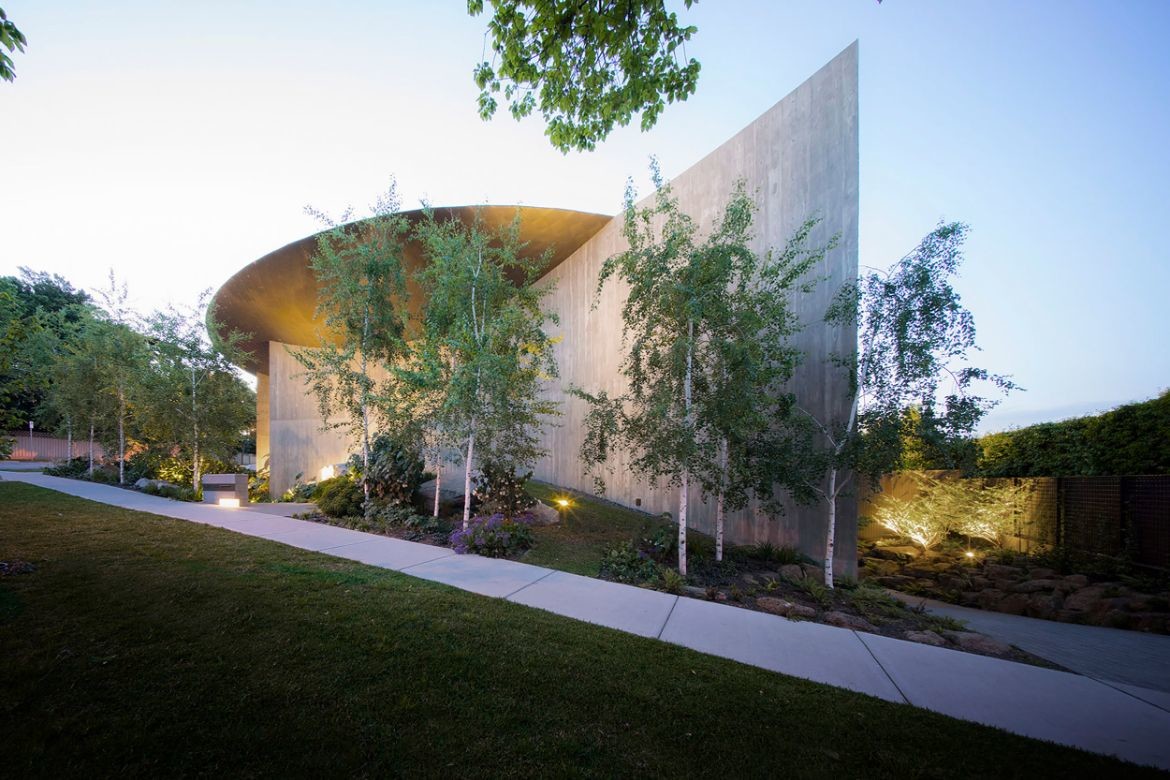Sherrill SVP outlines sustainable efforts ahead of market panel discussion
On Sunday, Cheryl Luckett, Jessica Duce and Nancy Fire will discuss what interior designers should look for when sourcing sustainable materials for their design projects; Sherrill’s Tom Zaliagiris talks about what his company is working on.

HIGH POINT – Sherrill Furniture will host a sustainable sourcing panel discussion at High Point Market later this week that will explore the evolution of sustainable design and the trends that will shape the future.
Panelists Cheryl Luckett, Jessica Duce and Nancy Fire will discuss what interior designers should look for when sourcing sustainable materials for their design projects, how designers can effectively position sustainability as a compelling selling point to their clients, and how they see the sustainability movement evolving.
Earlier this month, Allison Zisko of Home Accents Today, who will moderate the discussion, spoke with Tom Zaliagiris, SVP sales for Sherrill, about the furniture company’s sustainability efforts.
Sustainability is a broad, far-reaching topic. What aspects of sustainability does Sherrill focus on, and why?

For us, it’s a continuous improvement philosophy where we always try to be more sustainable. Part of it is partnering with vendors to understand R&D materials, or new technology in cushioning or fabrics or finishing. We’re constantly in conversations about where we can use more recycled material while also ensuring quality, so less furniture winds up in the landfill.
Internally, we’re also focused on creating efficiencies. For example, in our case goods division, we obviously create a lot of sawdust. We still maintain the oldest continuously running case good factory in the country, so we have an obvious carbon footprint advantage over those bringing in containers from Asia.
We save all the sawdust and use it to heat the factory in wintertime to create a circular network. We have a wood burning furnace in our facility. We’ll store the sawdust through the summer and use it in winter.
The other big thing is trying to create as vertical a manufacturing process as possible. We own our cushion plant, cotton plant and frame plant, so we are cutting down on the transportation and gas to purchase from an outside vendor and bring [those raw materials] in. The more we can cut down on transportation, the more control we have over quality, and it also helps us reduce waste.
What new sustainable materials or processes are you most excited about?
I’ve found that some of the vegan leather ends up creating more plastics. I think leather is one of the more sustainable covers because it’s a byproduct of the meat processing business. It makes the hides useful.
We are also exploring partnership with urban wood mills — when a city or municipality has to clear land to put a building up, or a tree falls down, most of that ends in a landfill or ends up as mulch. We’re working with a partner collecting that wood and turning it into exposed wood furniture.
We’re also working with cushion partners to use more latex to create a sustainable cushion because it has no petrochemicals. We’re starting to work on that. There are limits that the current vendor network has, so we are trying to find ways to lean into it and learn more in ways that pushes the ball forward.
How will we see your sustainable efforts on display at High Point Market?
A lot of this in its initial phases. We may have one latex cushion, but most would be introduced in April.
Consumer demand is growing
“We really feel like the incentives are becoming more aligned as this tech is developed and the materials become more affordable,” Zaliagiris said. “The premium associated with sustainable manufacturing is not as high as it was 10 to 15 years ago. Consumers are creating more demand for the product, which circularly is creating more efficiencies at the vendor level.
“We do feel like there is a legitimate segment of the market that is untapped, and we can take advantage to be a market leader in this category.”

“Green Revolution: The Future of Sustainable Sourcing” will take place Sunday, Oct. 27 at 4:30 p.m. in the Sherrill Furniture showroom, 315 Fred Alexander Place, on the second floor. (Shuttle Stop 18, Red Line).
See also:
Sherrill will donate portion of market orders to Hurricane Helene relief
What's Your Reaction?














